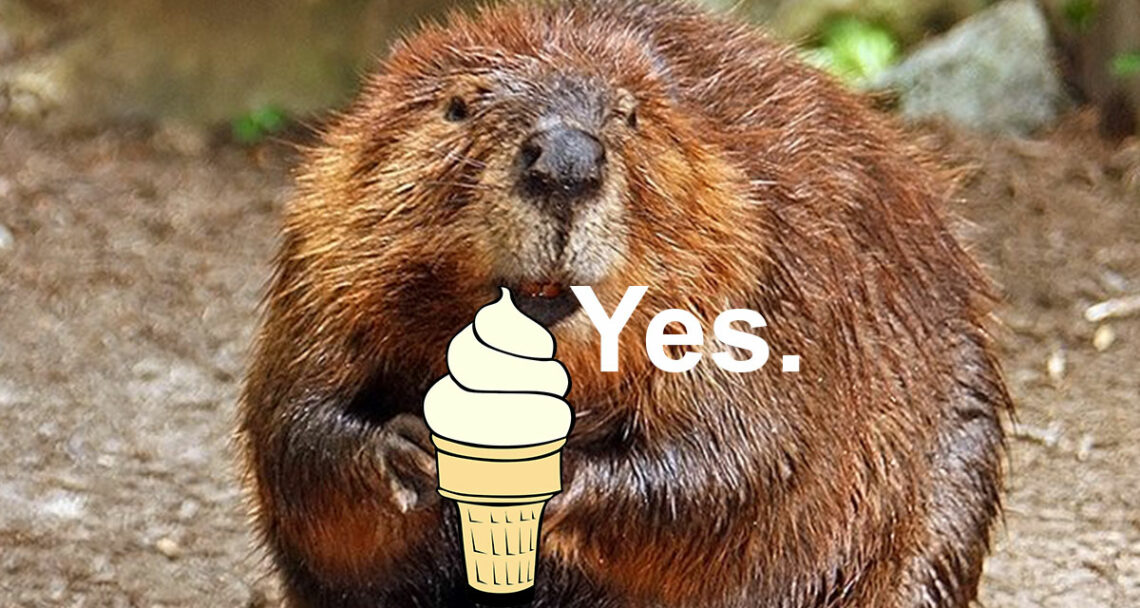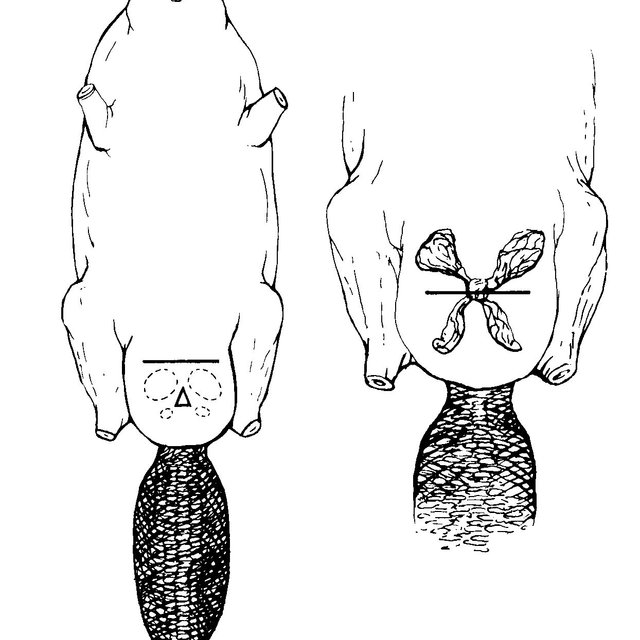Beaver butt goo secreted from the castor gland smells so good it is regularly used in vanilla, strawberry, and raspberry artificial flavorings. Has been for 80 years, still is to this day. Yum? Anyway, it is safe, so what you now know still won’t hurt you.
Vanilla Flavoring is Made From Beaver Butt Goo fact

Beavers secrete a goo from their butts called castoreum. Castoreum has a vanilla scent and is sometimes used as an artificial flavoring in foods.[1][2][3][4]
Castoreum is and has been used to help mimic the flavor of vanilla, raspberry, and strawberry flavors in foods such as ice cream, chewing gum, pudding, and much more for over 80 years. It has and is also used in perfume due to its scent.
With that said, it is not commonly used and is not used in large amounts because it is expensive.
What is Castoreum?
Castoreum is secreted from beavers’ castor glands found in both sexes of beavers. Castor is a pasty pungent brown goo with a strong scent used to market territory and keep predators away.
Oddly, castoreum supposedly smells good. So good, in fact, it is often used in foods.
Does Castoreum Come From Beaver Butts?
Castoreum comes from the castoreum gland, which is near the anal gland but is not the same thing. Castoreum does essentially come from beaver butts, as the castor gland is in that area, as shown in the illustration below.

A beaver’s carcass shows the cut’s location to be made to remove castor sacs and anal glands. From: http://researchgate.net/
Does Artificial Vanilla Contain Castoreum?
While some perfumes and foods do actually contain castoreum, the imitation vanilla you get in the stores does not contain castoreum. And, of course, natural vanilla does not contain castoreum.
Is Castoreum Safe?
Castoreum is “generally recognized as safe” by the FDA. It is non-toxic and has been long used in perfumes and medicines for centuries.
What Foods Contain Castoreum?
Castoreum can be found in the following foods:
- Beverages
- Baked Goods (like Brownies and Cakes)
- Gelatins
- Puddings
- Soft Candy
- Ice Cream
- Chewing Gum
How Common is Castoreum?
As noted above, castoreum is not commonly used in foods, mostly because it is expensive. It is not easily extracted from beavers (one either needs to “milk” the beaver or extract the gland). This makes other methods of creating artificial flavoring, for example, Vanillin, more popular in general.
To cite Wikipedia citing the beaver butt lover’s resource Fenaroli’s Handbook of Flavor, “The annual industry consumption [of castoreum] is very low, around 300 pounds, whereas vanillin is over 2.6 million pounds annually.”
